The goal of doing blog SEO is to make sure that your website is found by people who are looking for your type of business or service.
If someone wants to buy something, they will type keywords into their search engine and your website should appear in the organic search results.
It’s important to note that the higher your website ranks, the more likely it is to be seen by potential customers.
To rank on search engines, you need to know the important ranking factors and how they affect your new blog.
Ranking factors are the algorithms that determine how a page appears in search results. For example, a site that has a lot of links and high quality content will rank higher than a site that has less content and fewer links.
Google’s search algorithm is complex and changes frequently, but here are some of the key factors they look for when determining a website’s ranking (Not in order):
Table of Contents
Dwell Time
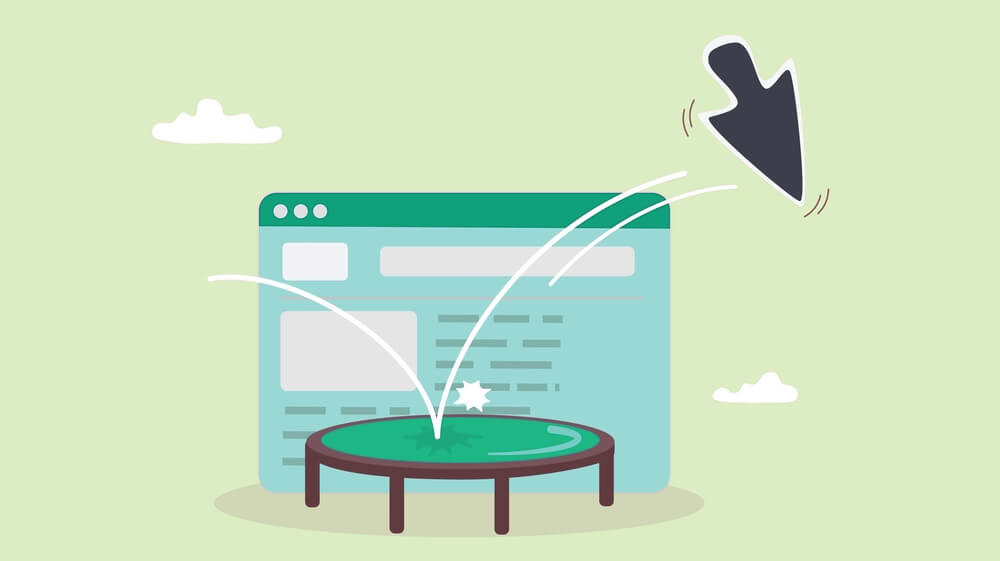
Dwell time refers to the amount of time a page stays on your visitor’s screen.
Google looks at the amount of time a page spends on a user’s screen and decides how relevant that content is. Pages with lots of dwell time are seen as more relevant to a searcher’s query and are thus ranked higher.
A longer dwell time means that the user likes the page or is interested in what the page has to offer.
There are two ways in which dwell time affect blog SEO.
First, it helps Google figure out which pages are important and which ones are not.
Second, it shows Google how engaged users are with your content. Longer dwell times indicate that users are spending time on your content and are very interested in it.
Page Speed
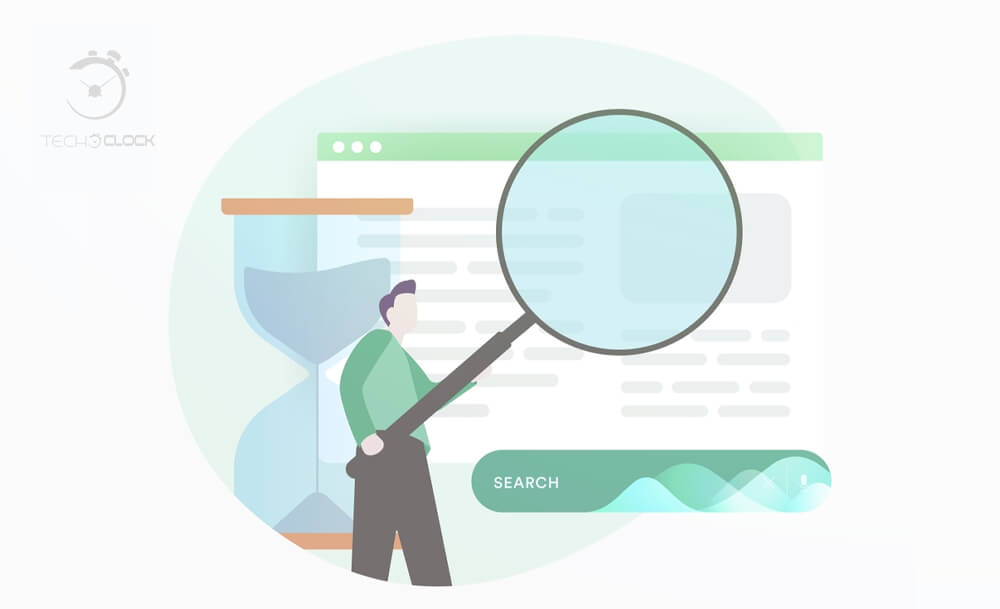
Your website load time plays a major role in determining how high your website will rank on Google. There are many factors that affect page speed, including your server, your website’s size, and the plugins that you are using.
For example, images and videos take a long time to load. The longer that images take to load, the less likely it is that your page will rank. So it’s wise to reduce the number of images on your site.
You can also improve your page speed by optimizing your code and removing unnecessary elements on your page.
You can use a CDN to serve your website around the world to help your website load faster. If your website is on WordPress, you can also use a caching plugin to speed up your load time.
To check the speed of your website, you can use Pingdom. It’s a free tool that measures the page speed of your site. Pingdom will also show you how to optimize your site to reduce the page load.
In addition to page speed, other factors like page size and your server’s response time are taken into consideration when Google rank your website.
Mobile Responsiveness
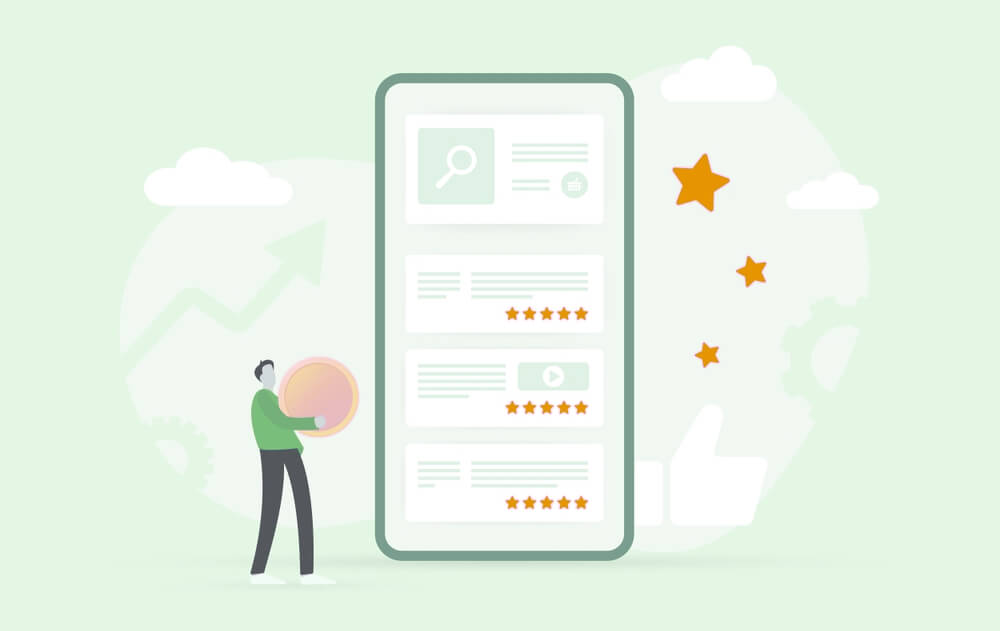
Mobile responsiveness is the ability of a website to display content on any device. The main goal of responsive design is to make a website work across various screen sizes, including smartphones.
This is essential to having a successful web presence and can affect the SEO of a website. Responsive design is important because your site can be visited even when your visitors are on the move.
A mobile-friendly website makes it easy for users to access information easily. A website with a mobile-friendly design is easy to navigate and searchable.
If your website is not easy to navigate on mobile devices, you can use a SEO blog template. If you use a template that is optimized for speed and accessibility, your website will be favoured on mobile search.
Index Date
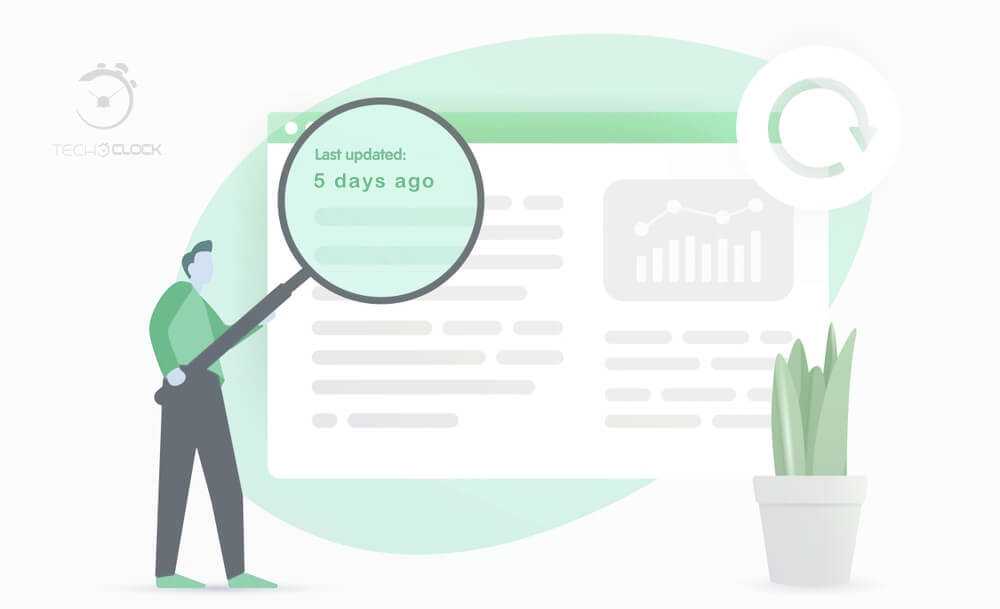
Index date is the time you updated your content on a particular website. It is also known as a web crawl date.
It is important to know that Google doesn’t crawl all of your web pages at once. Google crawls one page at a time.
As a result, it is essential that you update your website’s index date whenever you make changes to its content.
An update to your website’s index date will cause Google to reindex all of your webpages. As a result, you will be able to see changes in your SEO rankings. These changes will also appear on your Google Search Console.
The index date of your pages is an important factor that affects your Blog SEO. However, you can control your own index date by changing the date and time on your WordPress post.
To change your index date, go to your Dashboard. Then click the “Settings” tab from the post editor. Click on the “Publish Options” section. On the right, you can set the date and time.
The date and time setting determines the index date of your post. The default index date is set to the publishing date of your blog. By default, this is the current date and time.
If you want to have a different date and time for your blog, just click the “Change” button.
Once you have changed the date and time, you can reload your blog to see the new changes. You can also use the search feature of your blog to check if your new index date is correct.
Keyword Stuffing
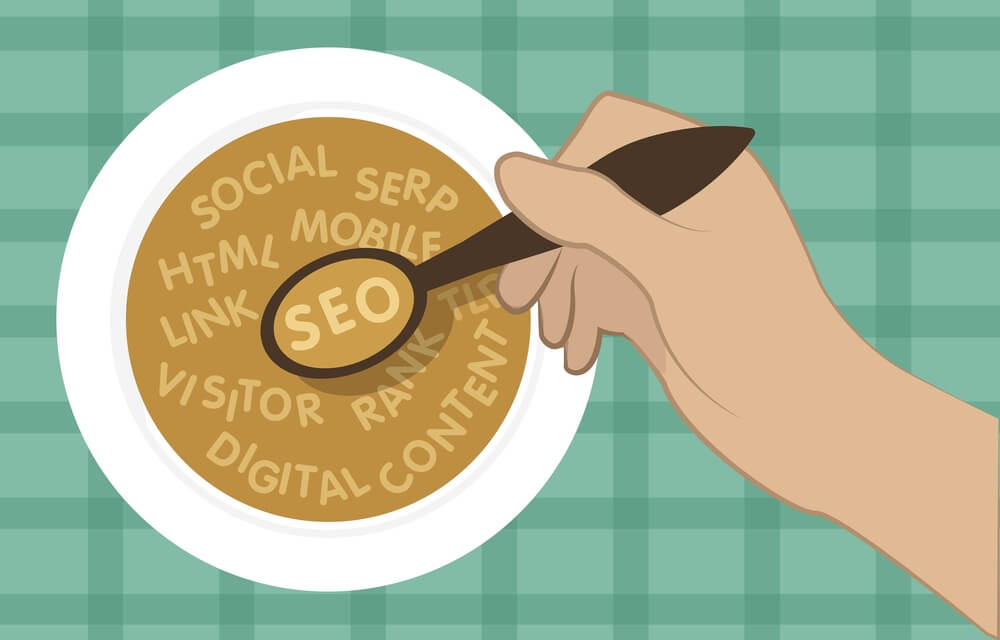
Keyword stuffing has become quite a problem when it comes to doing SEO for blogging. This is because it is possible to manipulate the posts by adding keywords into it.
And adding too many keywords is called keyword stuffing.
Keywords stuffing is very bad because it can make your content unreadable, and many blogs have been flagged because of this.
If you are concerned about how keyword stuffing might affect your blog SEO, you should make sure that you remove all the excess keywords in your content. Which is very easy to do.
To do this, just open your post and look for the keyword by pressing CTRL + F. It will show you the number of times the text appears on the page, and you can change it to another term that is similar.
Keyword stuffing is not a good SEO practice, and it violates Google’s Webmaster Guidelines.
However, it is important to know that keyword stuffing isn’t 100% bad. This is because some blogs still use this SEO technique to improve their ranking.
In fact, some high-ranking blogs on the internet still use this SEO strategy till today.
But, if you want to do this, you need to make a keyword list. You need to make sure that you don’t repeat the same word in multiple places in your post.
Google will penalize you if you do this. You should only use a keyword when you want to talk about the content.
Image SEO
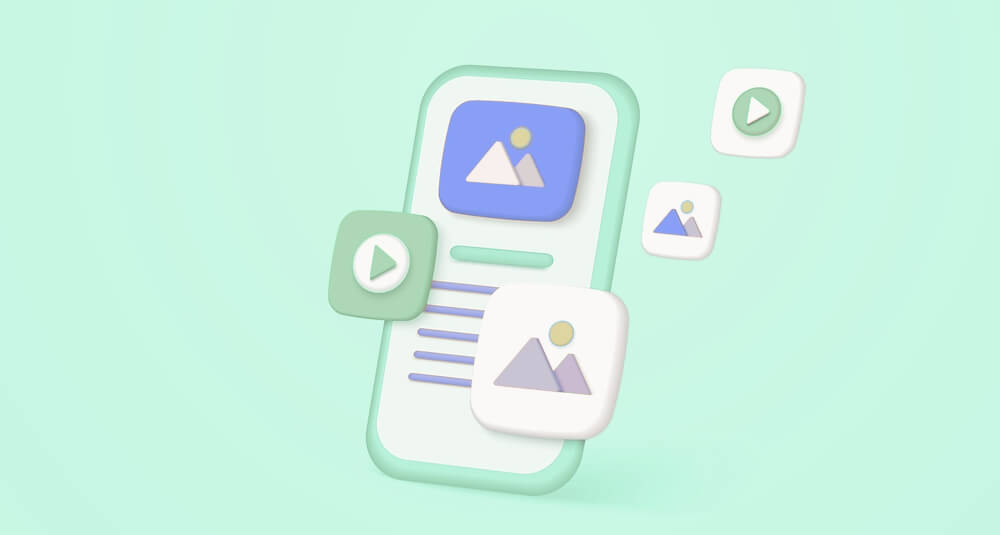
Image SEO is related to the way search engine bots crawl images.
An optimized image will help users to understand the purpose of the page better. Images that are optimized for SEO appear to search engines to be of higher quality than those that aren’t.
You should take some time to optimize your images. It is important to make sure that the image quality is good. If it is bad, people will leave your page quickly and this will affect the SEO of your blog.
It is also important to make sure that you have compressed your images before uploading them to your website.
If you want to resize your images, you can use an online photo compressor. A photo compressor is a program that can resize your images without losing quality.
When you are optimizing your images, make sure you add a title tag and Alt description to your images. This will help search engines understand what the image is about.
You should also avoid uploading duplicate images. If you have multiple images of the same thing, make sure each one is unique.
SEO Optimized Blog Posts
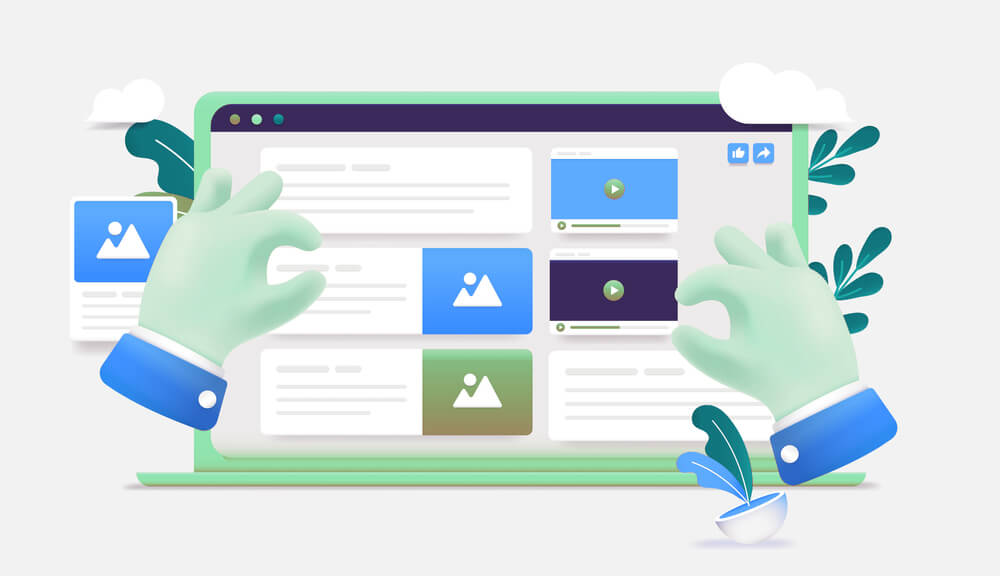
Content is king. That is why the content marketing industry is growing at a very fast rate.
Creating content for your website is one of the best ways to attract potential customers to your business. And SEO blog optimization works best when the content you create matches the needs of your target audience.
An SEO optimized blog post has three main elements: keywords, content, and links.
The keywords are the ones you should use in your title, description, and tags.
The title, description, and tags are what will be used to describe your content and attract visitors at first glance. So, make sure that they are all unique and creative.
Content is the actual information you provide. When creating your content, you shouldn’t focus too much on the keywords, instead, you should focus on making great content.
Writing quality content that is relevant to the subject and interesting can boost your blog organice traffic.
Links are your backlinks and internal links. If you have a lot of links in your content linking to other relavant pages, your readers will be convinced that your blog post is reliable.
As you know, links are very important when doing SEO for blog posts. So, if visitors find your content useful, they will share it with others.
Technical SEO
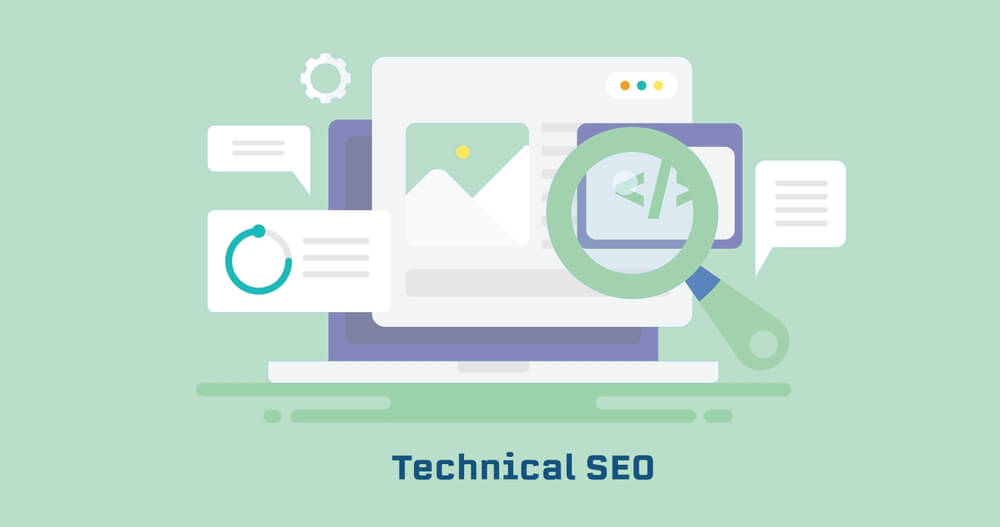
It is important for a website owner to understand technical SEO and have a plan before you start optimizing your website.
One of the things you can do in technical SEO is to ensure that your site loads quickly and is optimized for mobile devices. You should make sure that your website is designed for the different devices that are available today.
Another important element of technical SEO is to use the right title tags. A wrong title tag will make search engines think that you are not serious about your website.
A title tag has to be short and informative. It has to contain keywords related to your website. It should also include a few sentences.
You can also use your keyword in the title tag if you want to, but not necessary, if it’s unreadable.
Using the right title tag can help you improve your rankings drastically. It also makes your content look more natural.
Another thing you can do to improve your website’s technical SEO is to use the right meta description. It should be short, informative and related to your site.
You should not use too many keywords (remember keyword stuffing?) in the meta description as well. Also, the meta description should be unique and catchy.
In fact, you should write a unique one for every page on your site. Because, if you use the same description on different pages, you might be penalized.
Website Architecture

Website artchitecture refers to the design of your website. Your website has many parts that make it work. One of these parts is the web server. This part of the website is the one that hosts your website.
The other part is the code behind your website. The code behind your website contains the actual information that makes your website work.
This is the part of your website that tells visitors the kind of information you have on your website.
Your web server, the code of your website and the content on your pages all make up the on-page SEO aspect.
Search engines like Google base their rankings on several factors. One of them is the way that a website is built.
If your site has an easy-to-read format, search engines will be able to rank it higher.
Different websites use different types of website architectures. However, the two main types of website architecture are; flat and hierarchical website architecture.
A hierarchical website architecture is one where your website is organized in categories. Each page in each category contains a list of links to other pages that are organized under that category.
A flat website architecture doesn’t contain any categories. The pages are just links to other pages. You can build a flat website architecture using a single-page website, which is also called a static website architecture.
However, search engines do not favour websites with this type of website architecture, because there is no way to link keywords to the pages on your site.
Niche Expertise
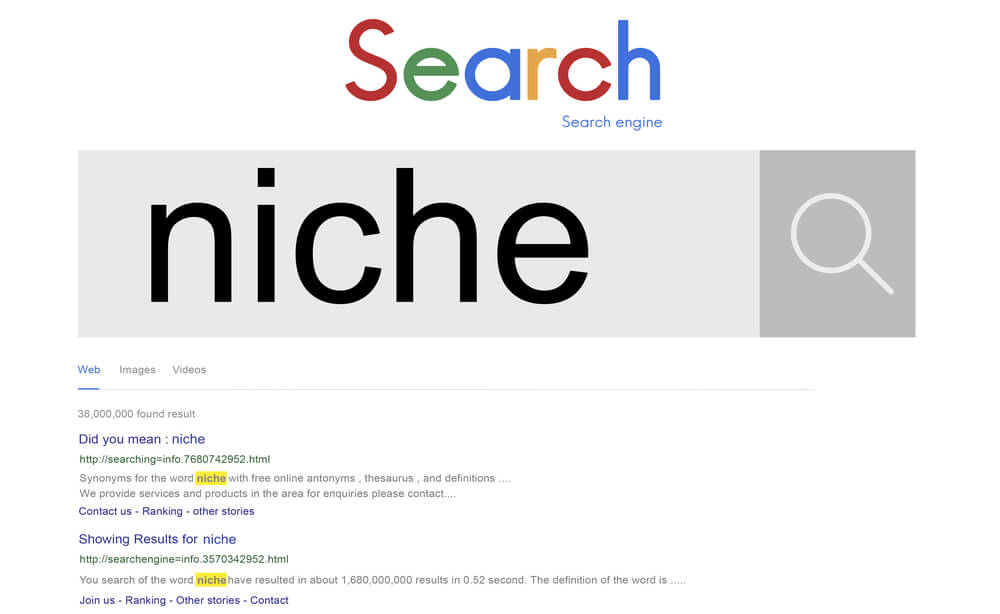
Choosing a niche is an important aspect of running a successful online business. A website needs to cater to specific market needs and wants.
Thus is why it is a great idea to choose an area of focus and stick to it, especially if you want to improve your blog SEO.
Being specific will help you to create content for your site that is useful to certain visitors and that will help you rank high in Google searches.
When you are writing for a specific topic, you need to make sure that all of your posts have content that is useful to that reader.
You should try to stick to a single subject or a small number of topics that relate to the subject you choose.
If you have more than one subject, your visitors will find it difficult to know what to look for on your website.
The niches you choose must be ones that interest you, have less competition, and that are relevant to your target audience.
If you pick a niche that is too popular, you will find that your competitors are already writing about it. And your content must be unique and original.
If you specialize in one niche, your website will rank higher than your competitors.
It becomes easier also for you to know what people want, so it will be easy for you to cater to their needs and this will naturally lead to more clicks from search engines.
SEO Blog Length
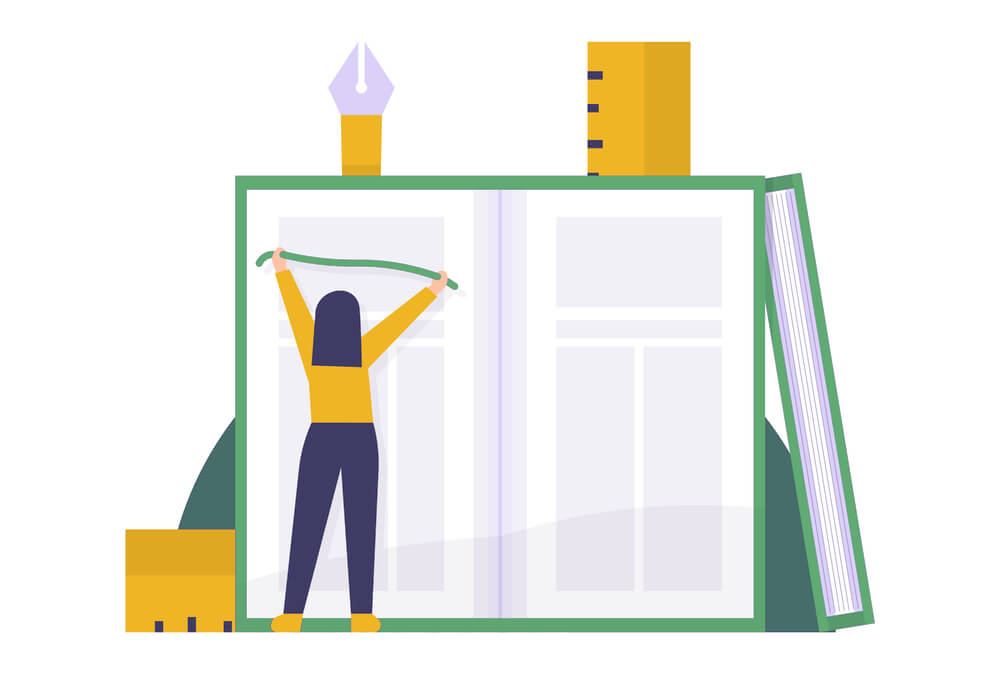
According to a Google study by SerpIQ , the average length of the content on pages within the top 10 positions on Google is 2,095 words. This seems pretty clear-cut, right?
So a content writer who is able to string together 2,000-word blog posts has a higher chance of achieving greater results than a content writer who tries to write 2,000 words in one post.
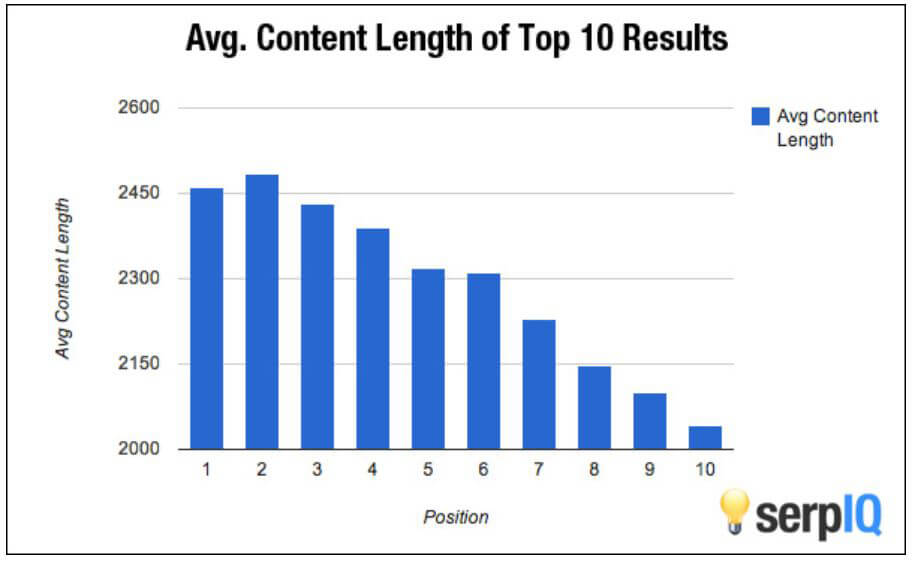
It might be interesting to know that Google doesn’t just look at the length of a piece of content, it looks at the entire page.
Content that is written for the sake of getting the number of words to a certain range is going to get punished in the SERPs. This is because Google likes pages with a good mixture of relevant content and links.
If you look at some of the highest ranked pages in the SERPs, you’ll see that it takes a combination of both long form content and high quality backlinks to achieve the ranking position.
There is more to it than just writing a couple of thousand words. Your blog post must be a great read too. That means that you should write in a conversational style.
You want to engage your readers and create a community around your brand.
You don’t need to worry about stuffing keywords, but you make sure that you are using good keywords throughout your content. Quality is far more important than the SEO blog length.
Core Web Vitals

Google has rolled out a new set of signals called Core Web Vitals.
These signals are a part of the new user experience signals. They are part of the new signals that was rolled out in May 2021. This is going to affect the way Google displays your site in its search results.
Web vitals are a suite of web performance metrics created by Google. They are designed to provide a comprehensive view of how a website performs.
The perception of loading speed is not always the same as the actual loading speed. We measure the latter by using Pingdom or Google Page Speed Insights.
They are both free tools that checks how fast a web page loads and how well it’s optimized.
For example when a website has image or videos at the top of their page, the media might take up the space that contains important pieces of context for the rest of that page.
Since they are usually the last to load, this will leave a blank space at the top of the screen.
Google is paying attention to this because they realize it’s causing a lot of people to bounce. And the general benchmark for Google is 2.5 seconds.
So your website must load completely under 2.5 seconds. If it takes longer than that, it’s not going to rank well. It is as simple as that.
Website Security
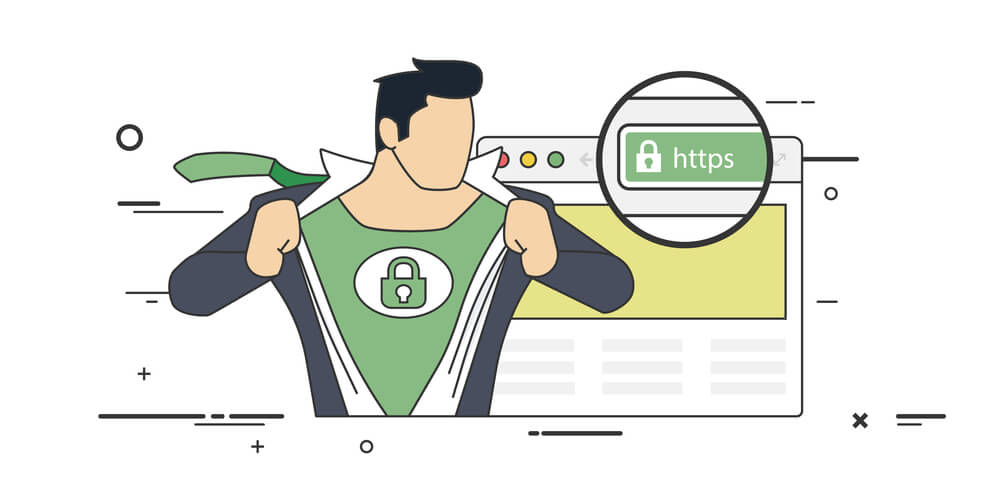
SSL is the encryption process used on the internet to secure sensitive data between two devices. The SSL certificate encrypts the data that is transmitted across the internet.
An example would be when you transfer money or bank information online. SSL can protect you from hackers. Hackers can easily intercept the data sent between a website without an SSL certificate and its visitors.
Using SSL protects your data from being accessed by others and prevent hackers from knowing your private information.
SSL is one of the ranking factors for Google because it ensures that web traffic is secure and safe. It also ensures that data is protected when it passes from one website to another.
If your web page doesn’t use SSL, Google will show it lower in search results. So in order to get more organic traffic, you will need to install an SSL certificate on your site.
Backlinks
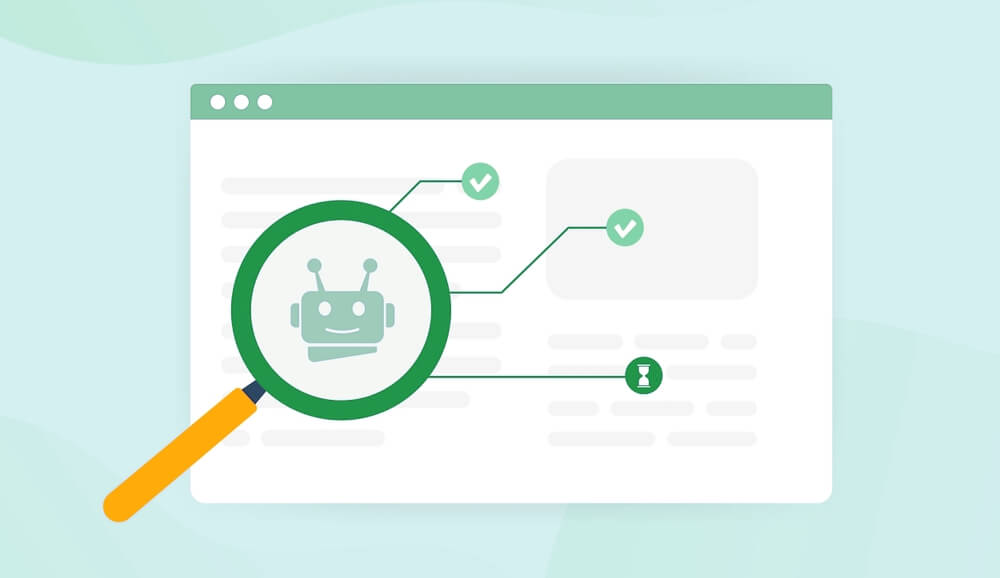
Backlinks tell search engines which other websites link to you. A backlink is a link that is sent from another website to your website. And these links are used to rank your website.
Every time a visitor clicks your link from another site, it means that the external website has recognized that your site is relevant and valuable. This is called a backlink.
Backlinks can be a great source of traffic. They can bring new visitors to your website, and they can help you build trust with your audience.
Google, the biggest search engine, mentioned that it ranks sites based on how many backlinks they have.
If your website gets a lot of links, Google will recognize you as a reputable webmaster and this will boost your blog SEO.
You should try to get as many backlinks as possible. Backlinks can come from different places. But some backlinks will be more valuable than others.
Backlinks from high-authority sites are more valuable than those from lower-authority sites. So you want to focus on getting backlinks from authoritative sites.
If you want to build your website’s authority, you should do as much as you can to get more backlinks from higher-authority sites.
Google gives extra value to backlinks from sites that have a large number of visitors.
This is why backlinks from authoritative sites should be very important to you.
Conclusion
Optimizing your blog SEO can a huge impact on the success of your website. It’s not just about what you put in your blog post; it’s about the way you use the content to connect with your audience and help them find you.
That’s why understanding the important Google ranking factors can make or break your digital marketing strategy.
For a more detailed description on how to do the SEO of a website, take a look at our blog post, Blog SEO Tips: The Best Practices of SEO in 2022.
To get an SEO specialist on your side, get in touch with me today!
If you want to know the SEO score of your website, you can use our free SEO tool to do the on-page SEO check of your site.
I want to help you grow your business, so I offer marketing services and SEO for bloggers.
I can also grow your brand by helping you design a logo, create a website, create a brand strategy, and run social advertisements.
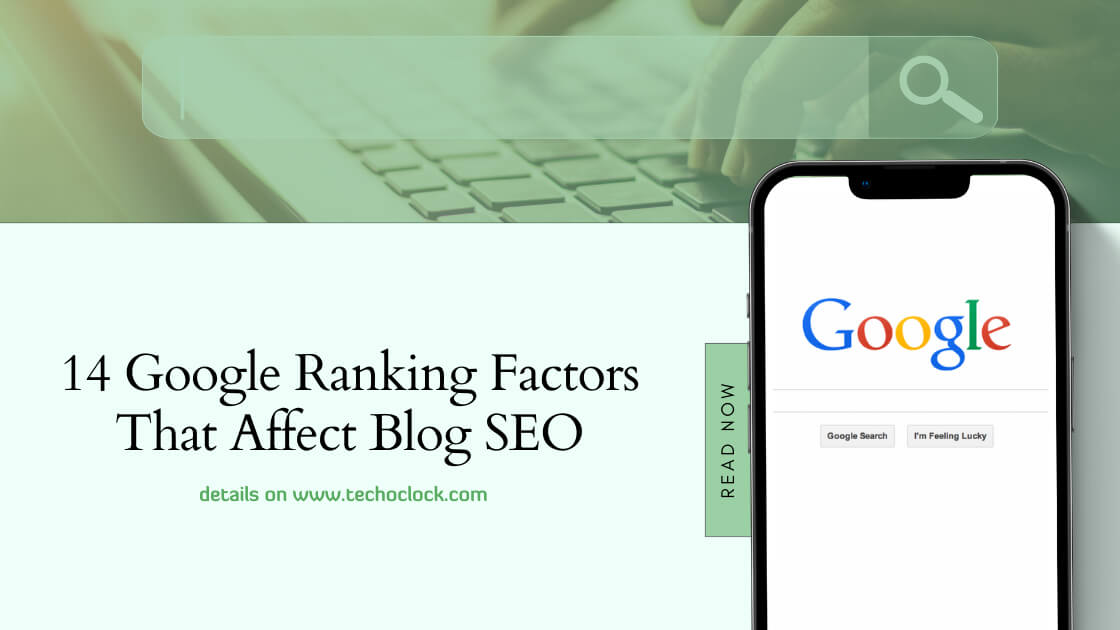
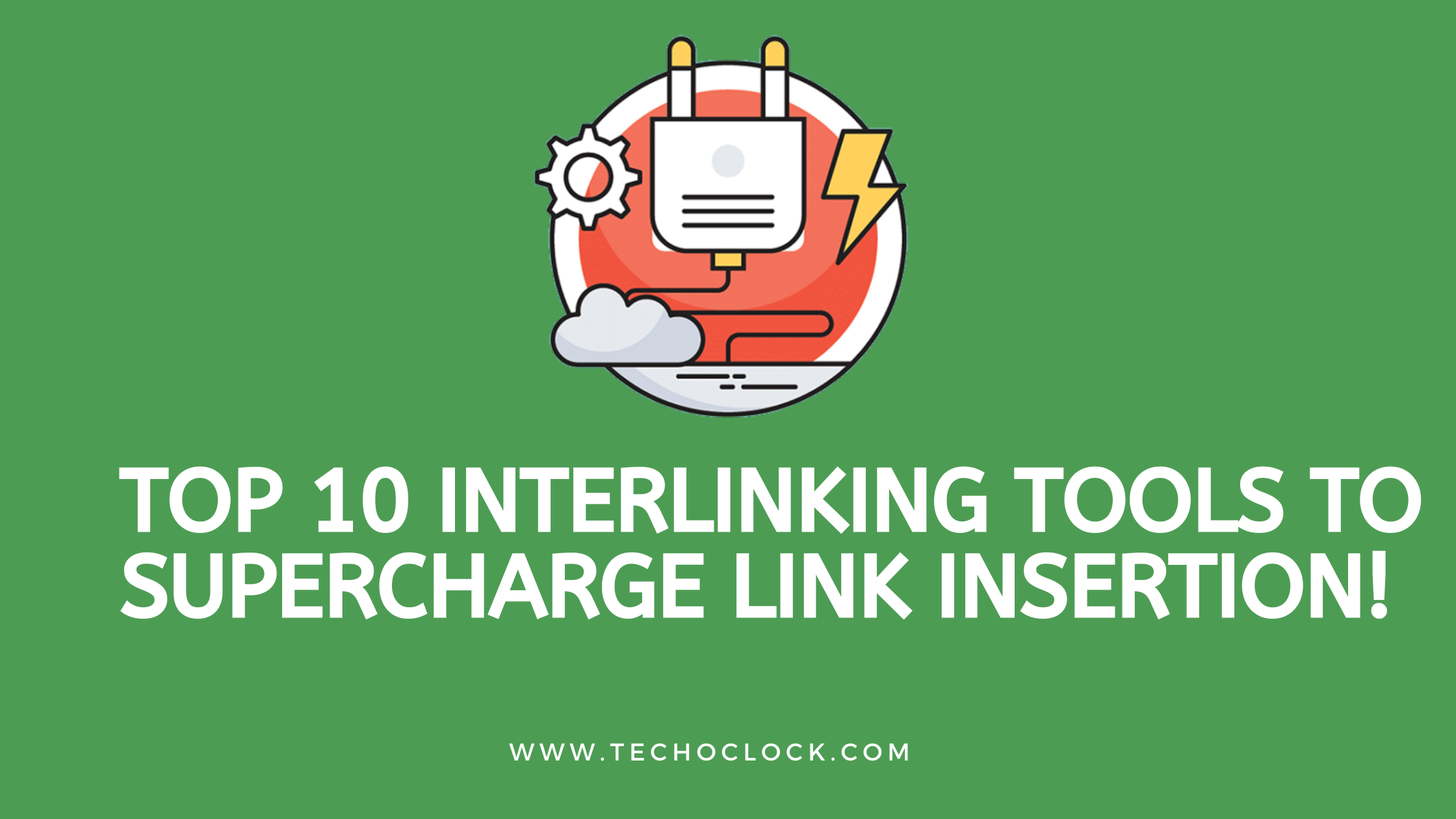
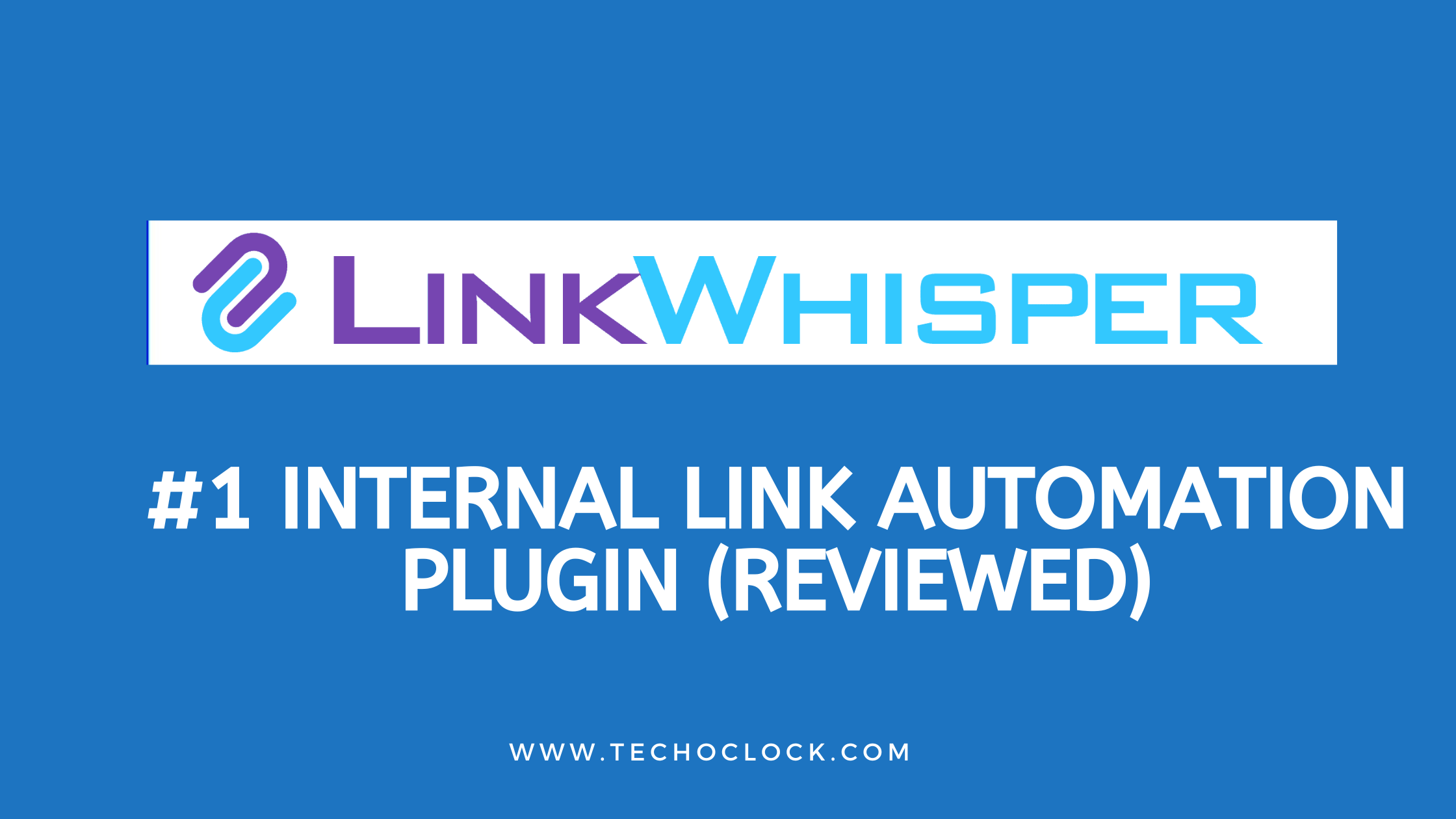
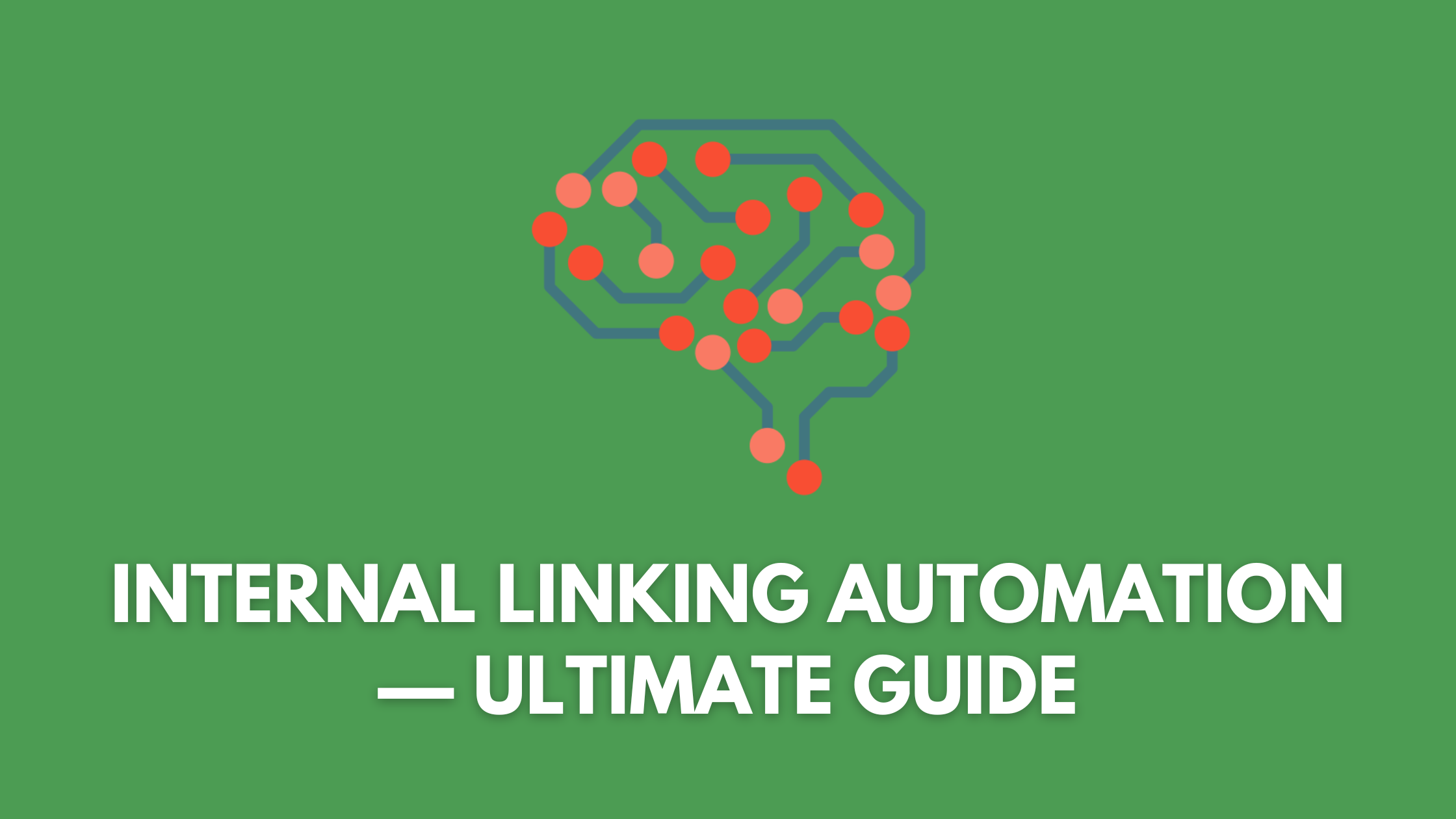
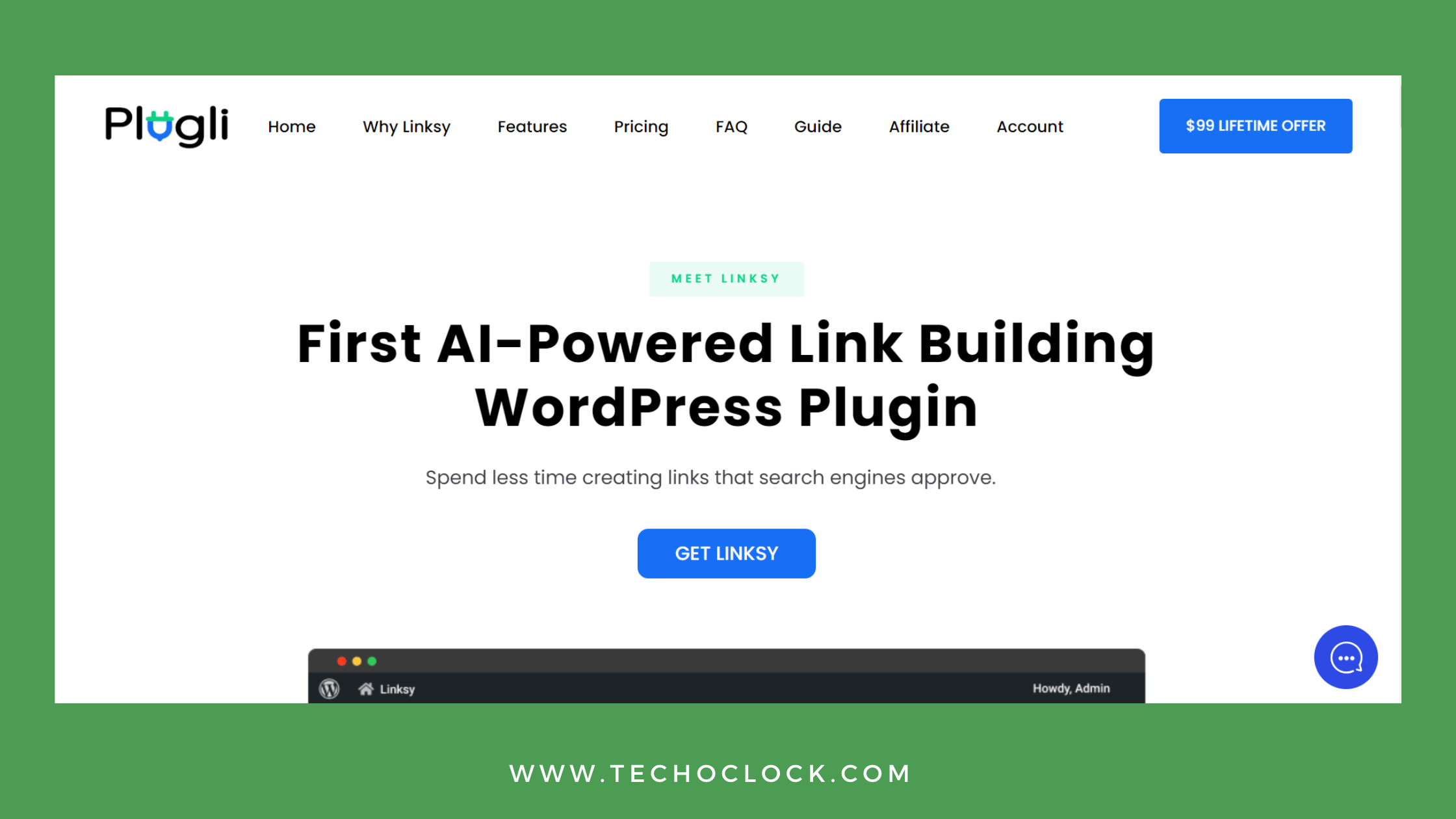

Julia Davis
The main factors that affect your website ranking are: the quality of your website, the quantity and quality of your content, etc. This company has professional team of design and developers who has helped me multiple times over the years to build a website/app and can do the same for you.
Jimoh Ibraheem Babatunde
Thank you so much for the recommendation, Julia.
We are a full-service digital marketing agency that can help you with website design, SEO and so on.
cindtoro
The blog post at the link you provided is about the factors that affect a blog’s SEO ranking on Google. The post is well-written and provides a comprehensive overview of the key ranking factors. The information is presented in an easy-to-understand format, with clear explanations and examples to help illustrate the points being made. The post includes relevant images, links to additional resources, and a conclusion that summarizes the key takeaways.
Tunde JIMOH
Thank you so much for your kind words.